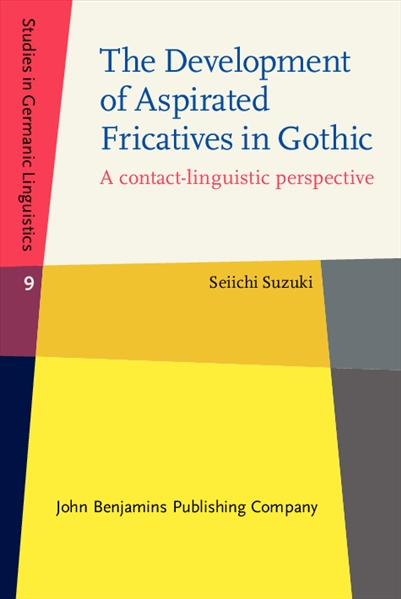Stock Status: Temporarily out of stock. To be ordered in from the Publisher
Published 2024.
This book presents three major hypotheses concerning the development of fricatives in Gothic. First, Gothic introduced aspiration or a phonological feature [spread glottis] to the fricative system. Second, this acquisition of aspirated fricatives ...
Published 2024.
This book presents three major hypotheses concerning the development of fricatives in Gothic. First, Gothic introduced aspiration or a phonological feature [spread glottis] to the fricative system. Second, this acquisition of aspirated fricatives should be explained as a contact-induced change. Specifically, a Gothic/Greek bilingual community may be held responsible for initiating and diffusing the contact change. Third, I claim that this contact-driven featural enrichment prompted an array of radical restructurings of fricatives in their phonological and morphological organizations in Gothic, notably the occurrence of Final Devoicing in contrast to the nonoccurrence of medial voicing, the elimination of Verner's Law effects in strong verbs, the operation of Thurneysen's Law, and the apparently irregular split of PGmc.
